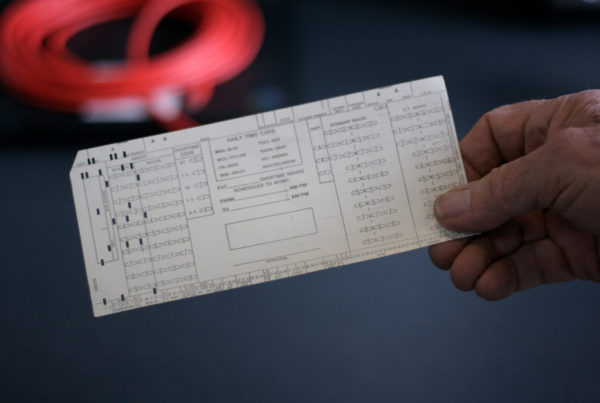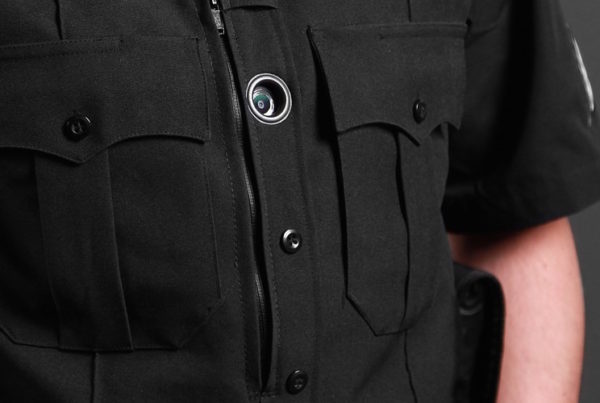From Houston Public Media:
What do people who commit hate crimes look like? Do they wear white hoods and robes? Do they shave their heads and sport swastika tattoos? In fact, most look just like anyone else.
Jack Levin grew up in Houston during the days of Jim Crow. He’s now co-director of the Brudnick Center on Violence and Conflict at Northeastern University. He sees two major reasons people commit hate crimes. The first is what he calls “thrill seeking.”
“Other guys might go out to play a game of cards or go drinking in a bar,” Levin says, “but these guys will go out because they are looking to be violent.”
A prime example is the 2013 Katy “knockout” case, profiled in part one of this series. In that case, Conrad Alvin Barrett broke the jaw of Roy Coleman, a black victim, simply to see if it would get him on television.
“These are people who feel a profound sense of their own powerlessness, and they’re desperate to feel important, special, like bigshots,” Levin says.
But there’s another type of attack, which Levin calls “defensive” hate crime. And this too boils down to power. “The perpetrator may feel that the enemy is here,” he says. “The enemy is responsible for his feeling that he’s unsafe, that he may be a victim of terrorism, that he can’t find a job, that his culture and religion are being impaired.”
Such defensive hate crimes have become far more common since 9/11. But the ideology behind them has long been a draw for organized hate groups.
















